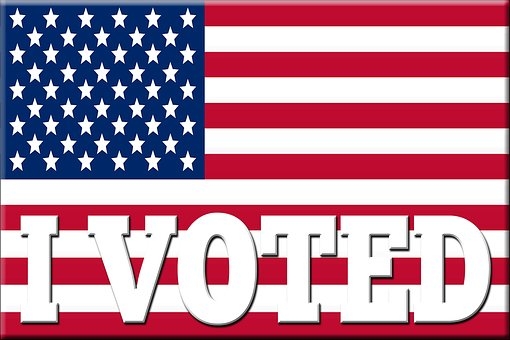
By Michael Beeli
Copy Editor
California’s Nov. 8 election included a number of propositions that had a wide range of implications for the state. California’s decisions on Propositions 51, 61, 62 and 66 represent a strangely inconsistent voting record that fails to address some of the state’s most pressing issues or effectively reduce state spending.
According to the ballot proposal, Proposition 61 aimed to “prohibit state agencies from buying any prescription drug from a drug manufacturer at any price over the lowest price paid for the same drug by United States Department of Veteran Affairs.” The state’s no-vote on Proposition 61 represents a lack of commitment to implementing solutions that will tackle California’s public health crises and will only allow insurance companies to continue to overcharge the state.
Although the measure aimed to reduce the amount of state spending on prescription drugs, the Legislative Analyst’s Office of California stated that the fiscal impact of the proposition is uncertain due to “a lack of transparency around what prices the VA pays,” in addition to uncertainty around how manufacturers might respond. The public’s vote as an affirmation of fiscal conservatism is not without justification, yet the principles of fiscal responsibility expressed by the vote are not present in the same force in other major propositions.
Ballotpedia on all of the 2016 California Propositions.
The vote in favor of Proposition 66 over 62 evidences a break in political ideology in line with votes passed on other propositions as well. Both propositions were aimed at improving upon California’s antiquated use of the death penalty, especially the heavy price tag of the current methodology, which has added up to four billion taxpayer dollars since 1978, according to a study carried out by U.S. Circuit Judge Arthur Alarcon and Loyola Law School Professor Paula Mitchell.
Proposition 62 aimed to repeal the use of the death penalty entirely and replace it with life imprisonment without the possibility of parole with estimated savings of approximately $150 million annually within a few years. Proposition 66 instead proposed to keep the death penalty and reduce costs by expediting the death penalty, according to the original ballot summaries. Proposition 62 had greater potential for fiscal savings; yet, the electorate showed that the protection of the death penalty was more important to them than potentially over $100 million in savings.
Voters also approved Proposition 51 despite credible concerns regarding the use of financial resources for the project. Proposition 51 “authorizes $9 billion in general obligation bonds” as funding for educational facilities, according to the original ballot summary. Governor Jerry Brown released a statement on the proposition arguing that it would squander state funds, demonstrating that the lack of accountability regarding the use of the funds for the proposition was a valid concern for voters to consider.
Although a report from the University of California, Berkeley’s Center for Cities and Schools stated that “If Proposition 51 fails, inequity and inadequacy (amongst educational facilities statewide) would most certainly increase,” the study also acknowledges that Proposition 51 would be “less effective and cost-efficient” than “two (alternative) hypothetical scenarios.” Proposition 51 represents a progressive change throughout the state; however, the financial implications accompanying the passage of the measure are indicative of a relaxed stance on fiscal responsibility, a stance that for the most part was not manifested in the votes.
The expression of public opinion on a wide range of issues expressed through the recent California election shows disunity among the population. This political gap must begin to close because the lack of ideological cohesion in California’s political landscape prevents the state from maximizing its savings or taking significant action to resolve statewide crises.




Leave a Reply